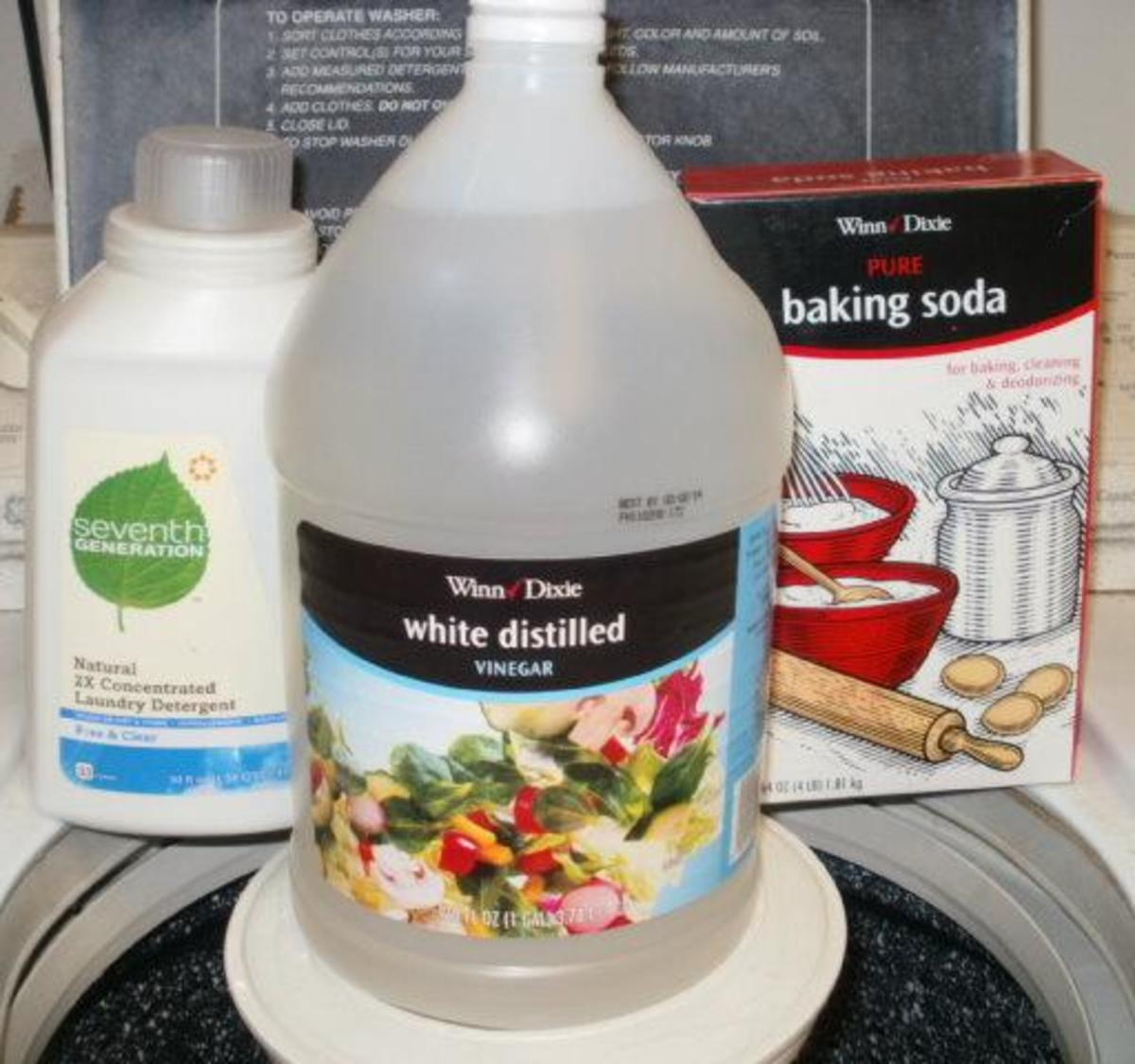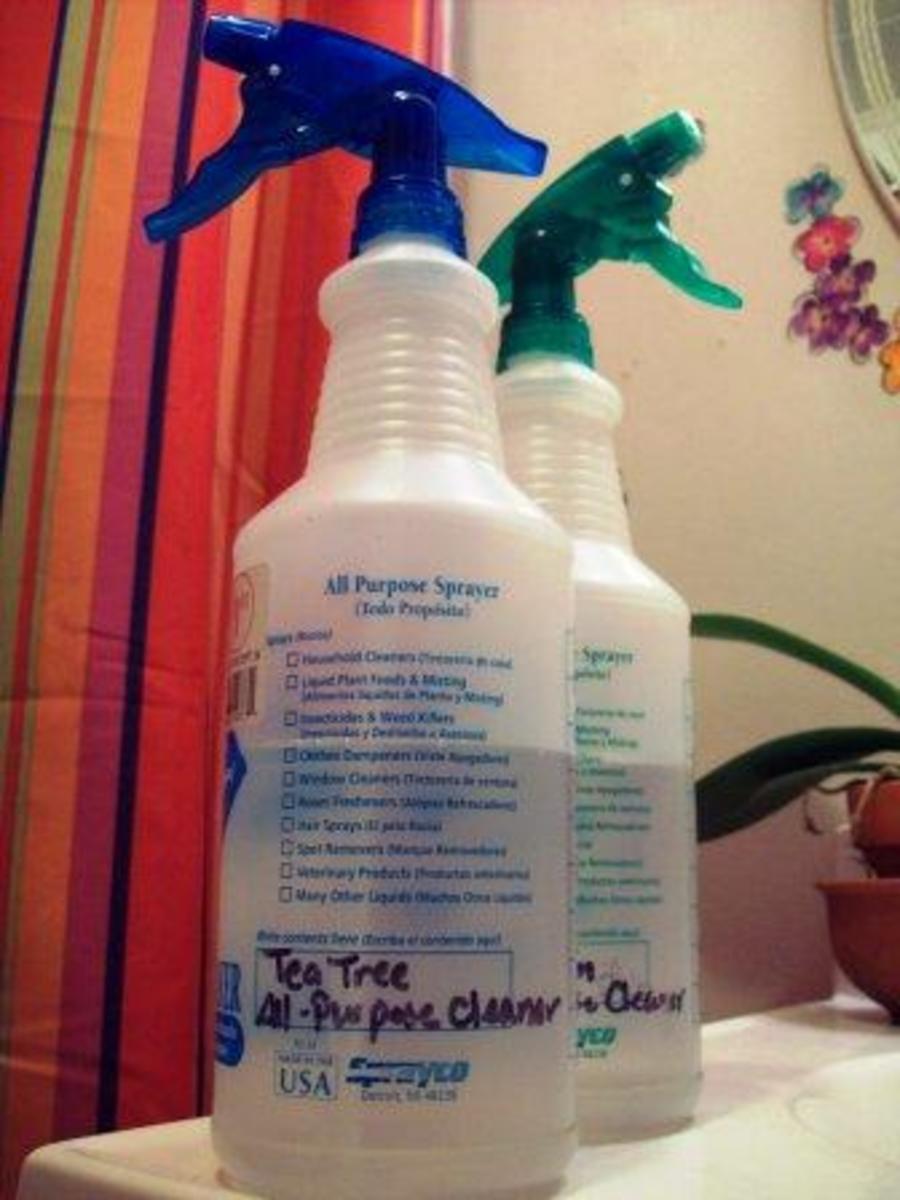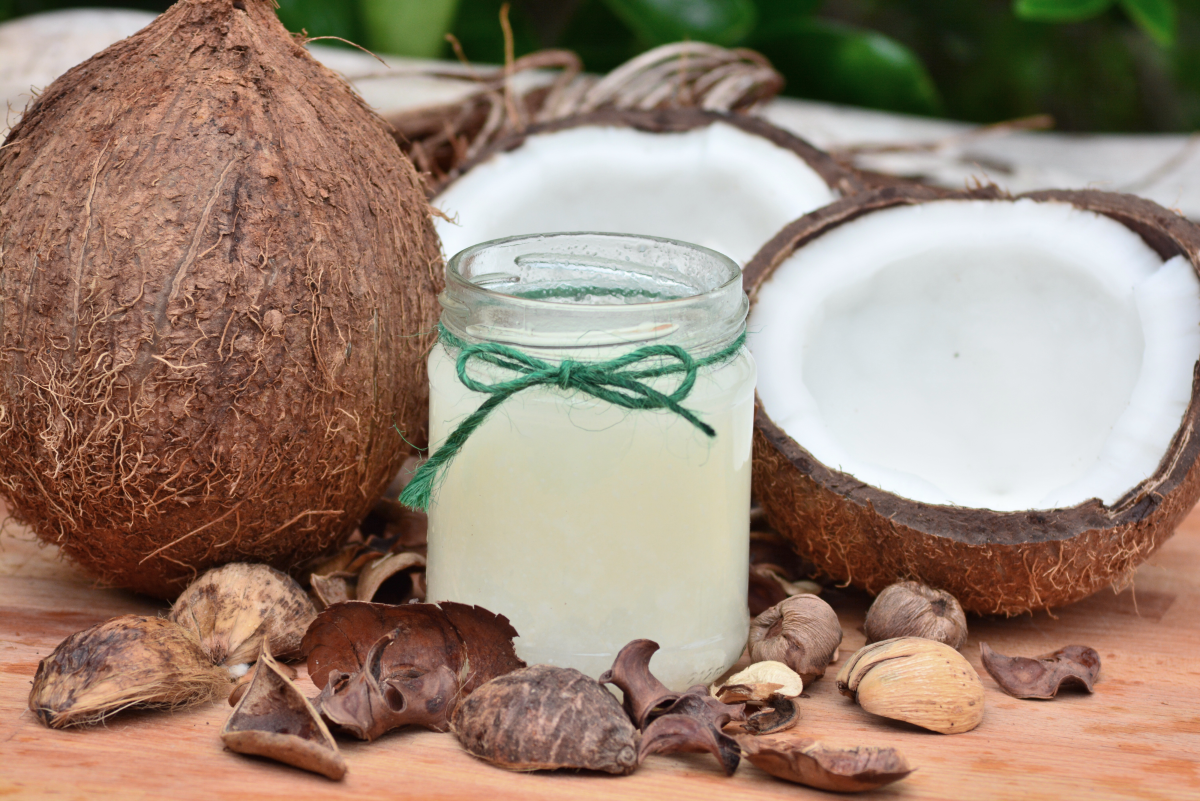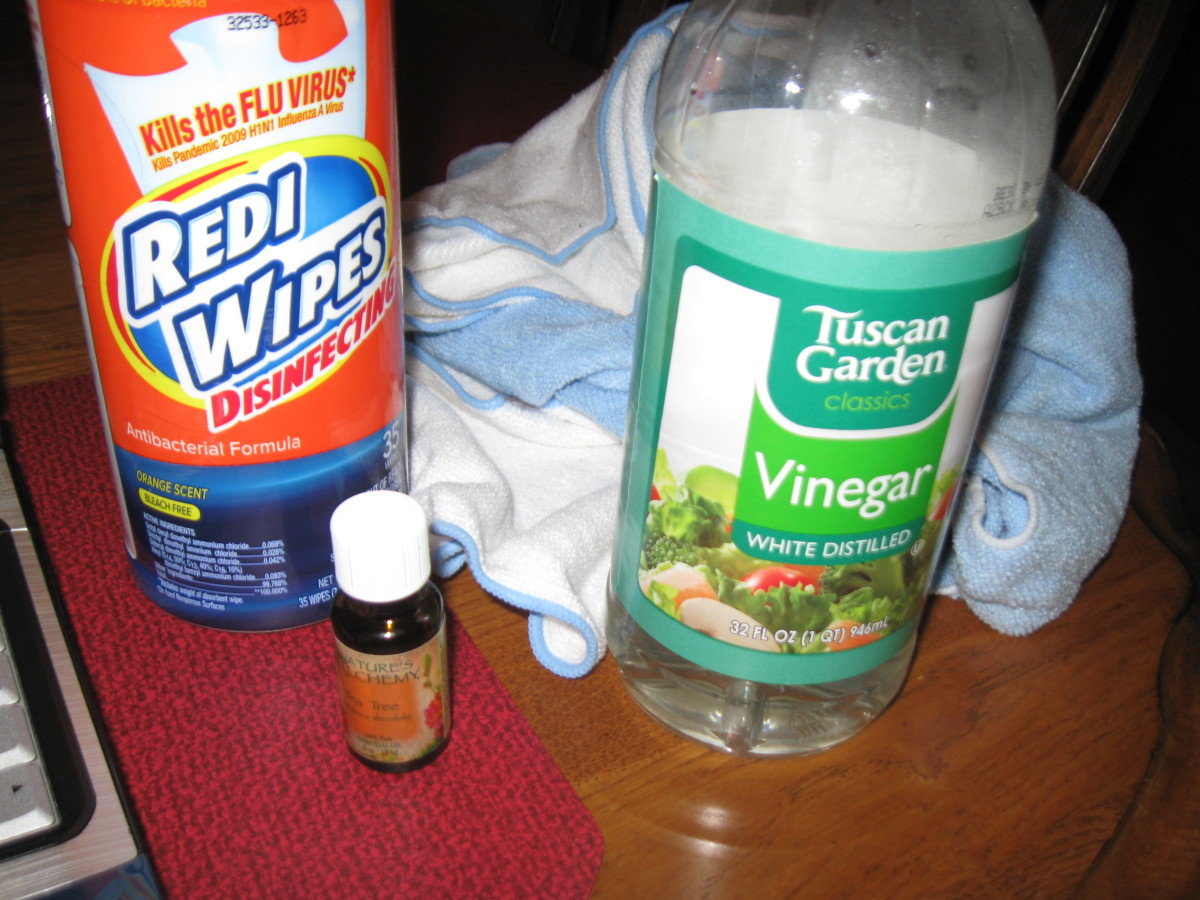How to Clean a Kettle with Vinegar
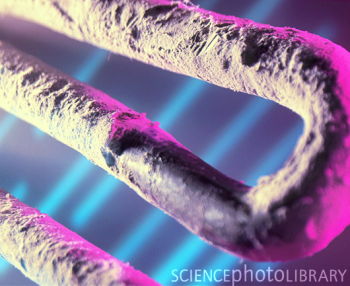
Vinegar is one of those essential kitchen items that we normally use to zing up our fries or fish. It comes in many varieties, my favourite is Malt, it lasts forever and in fact it has been around forever too, supposedly since 2000 BC in China. Since ancient times, in Asia,Europe and the Middle East, vinegar has been an important element in cuisines and even has references in the Bible.
Vinegar is produced simply through fermentation, where carbohydrates, such as sugars, are fermented to ethanol (alcohol) and the ethanol is then oxidised to acetic acid (ethanoic acid) by acetic acid bacteria.
Directions:
You Will Need:
- An abrasive kitchen pad or cloth & bicarbonate of soda
- White Vinegar
- Water
- Mix one part vinegar to one part water, a 50:50 solution, and pour into the kettle.
- Make sure there is enough vinegar solution to cover the heating element and any surface of the kettle containing limescale.
- Do not plug the kettle in, just leave the solution in the kettle for 1 hour, or more if needed, to remove the limescale.
- After one hour or desired time, pour out the vinegar solution and if there are any bits of limescale left, just remove these by rubbing with any abrasive cleaning pad. Alternatively, if you do not wish to use a kitchen pad, you can use a damp cloth dipped in bicarbonate of soda to remove any remaining limescale.
- Having removed all the limescale make sure to wash kettle thoroughly with water.
Voila! You now have a scale free kettle, just like new. It should now boil faster, use less electricity to boil water and have a longer life expectancy.
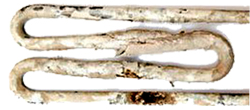
Why you should clean your kettle
- A kettle, full of limescale, takes longer to boil
- It uses up more electricity to boil a kettle full of limescale
- The heating element in the kettle (if an electric kettle) will burn out eventually if not de limescaled. You’ll need to buy a new kettle.
- Limescale looks unsightly and bits of it can flow out of the kettle, with the water, when pouring.
How does vinegar dissolve limescale in your kettle?
How it works:
- Vinegar contains 4 to 8 percent Acetic Acid (ethanoic acid), therefore it is acidic and has a low pH of, on average, pH 3.
- Limescale in your tea kettle or electric kettle is basic and of a pH higher than pH 7. Limescale is composed of the Calcium Carbonate, a natural mineral in water, and it deposits on the heating element on your kettle and on the interior of your kettle as you boil the water.
- The acetic acid of the vinegar reacts with the calcium carbonate (limescale) in the kettle, thereby removing the limescale. The reaction includes the production of Carbon Dioxide bubbles, which helps to remove the limescale as well.
- Reaction => CaCO3 + 2CH3COOH = Ca(CH3COO)2 + H2O + CO2


